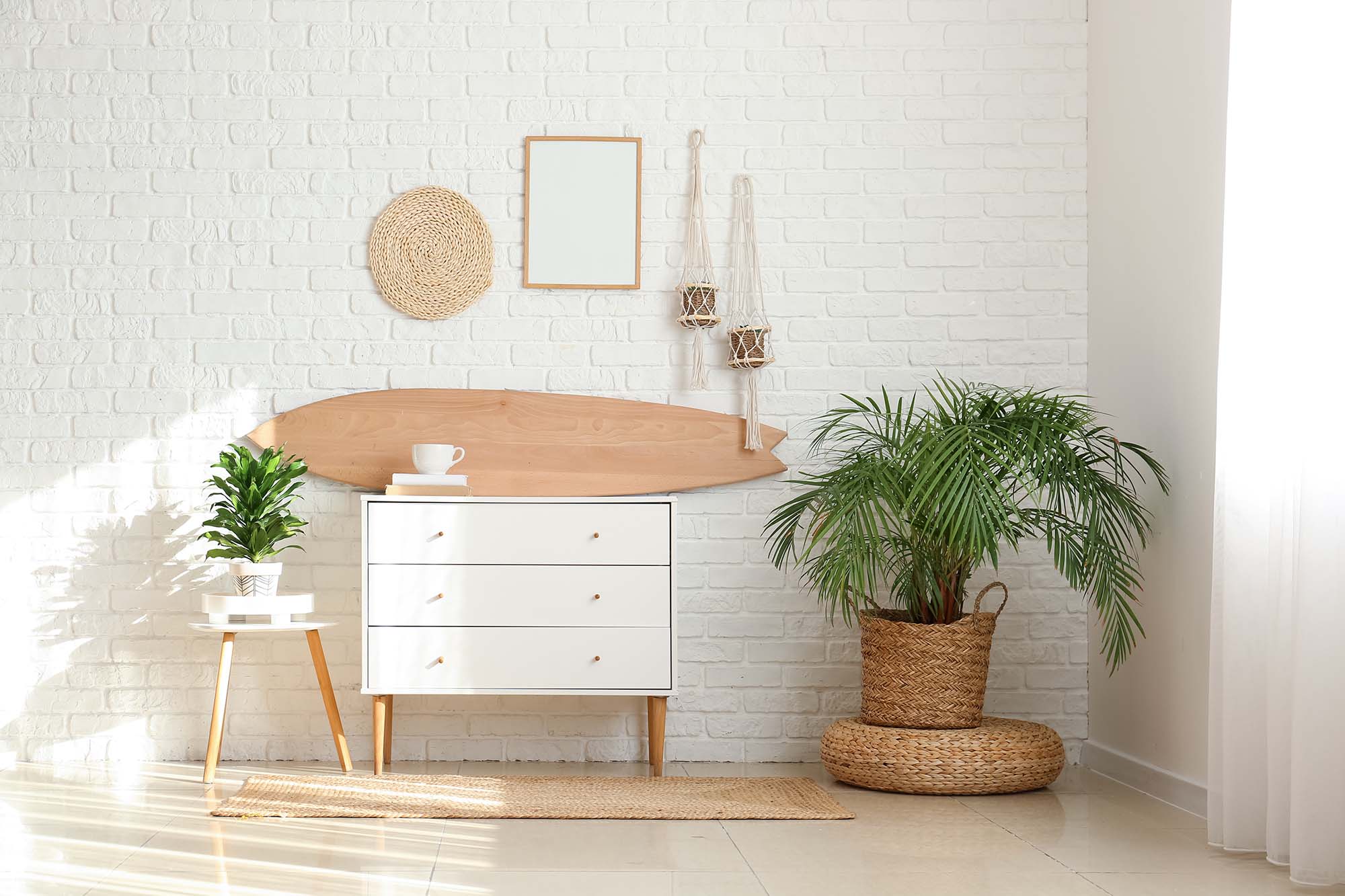In this guide, we'll walk you through the process of reviving your tiles with fresh grout.
Why regrout your tile floors
Before we delve into the how-to of regrouting, let's first explore why you should consider this as a home improvement project.Improved Appearance: Over time, grout can become discolored, stained, or even cracked, making your beautiful tiles look aged and worn. Regrouting freshens up the overall look of your tiled surfaces, making them look as good as new.
Enhanced Durability: Worn-out grout can lead to moisture seepage, which can damage the underlying structure and even promote mold growth. Regrouting strengthens the integrity of your tile surfaces and prevents water damage.
Cost-Effective: Regrouting is a cost-effective alternative to completely replacing your tiles. It can extend the life of your tiles for many more years without the expense and hassle of a full renovation.
Increased Home Value: If you plan to sell your home in the future, well-maintained and attractive tiles can boost your property's value and curb appeal.
DIY-Friendly: While regrouting can be a bit labor-intensive, it's a project that many homeowners can tackle as a DIY project, saving money on professional labor costs.
Now that you understand the benefits of regrouting let's dive into the step-by-step process.
Materials you?ll need for regrouting your tile floors, backsplash or wall tiles
Before you begin regrouting your tiles, gather the necessary materials and tools:Grout Removal Tool: You'll need this to remove the old grout. Options include manual grout saws or power tools like oscillating multi-tools.
New Grout: Choose a grout that matches your tile and fits your needs (sanded or unsanded, epoxy or cement-based).
Grout Float: This is used to apply the new grout.
Grout Sponge and Bucket: For cleaning excess grout off the tiles.
Resealer (optional): To seal the new grout once it's cured, helping to prevent future stains and moisture infiltration.
Safety Gear: Gloves, safety glasses, and a dust mask for protection.
The regrouting process
Step 1: remove the old grout
Start by using the grout removal tool to carefully scrape out the old grout. Be cautious not to chip or damage your tiles. Work systematically, focusing on one small section at a time. Clean away the dust and debris as you go to maintain visibility.Step 2: mix the new grout
Follow the manufacturer's instructions to mix the new grout to the right consistency. Ensure there are no lumps, and let it sit for a few minutes.Step 3: apply the new grout
Use the grout float to press the new grout into the spaces between the tiles. Hold the float at a 45-degree angle and work it diagonally across the tiles to fill the gaps evenly. Scrape off excess grout, and don't worry if the surface looks a bit messy at this stage.Step 4: clean the tiles
After about 15-20 minutes (or as recommended on the grout packaging), use a damp sponge to gently clean the tiles. Rinse the sponge frequently and avoid dragging grout out of the joints. Continue wiping until the tiles are clean and the grout lines are uniform.Step 5: let it cure
Allow the grout to cure for the time specified on the packaging (usually 24-48 hours). Cover the area with a plastic sheet or drop cloth to prevent any accidental damage.Step 6: seal the grout (optional)
To prevent future stains and moisture penetration, consider applying a grout sealer.Follow the manufacturer's instructions for application and drying time.
For new tile flooring in Marysville, WA, call Nielsen Bros Flooring in Bellevue, Auburn, and Lynnwood, WA
Regrouting your old and worn-out tiles is a rewarding DIY project that can breathe new life into your home's aesthetic and functionality. It's a cost-effective way to enhance the appearance and durability of your tiled surfaces without the need for a full-scale renovation. If you're ready to take on this project and revive your tiles, gather your materials, and follow our step-by-step guide. With a little time and effort, you'll be amazed at the transformation.For all your flooring needs including tile flooring in Bellevue, Auburn, and Lynnwood, WA, visit Nielsen Bros Flooring. We service the areas of Bellevue, Redmond, Kirkland, Auburn, Renton, Tacoma, Lynnwood, Edmonds, and Bothell, WA. Our experts can assist you in selecting the perfect materials for your project and provide valuable advice to ensure your home improvement ventures are a success. Don't wait?transform your space today!









